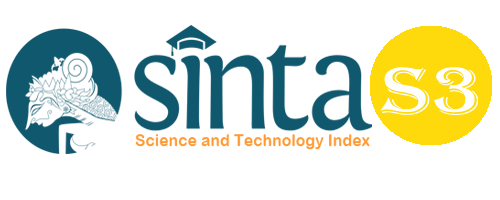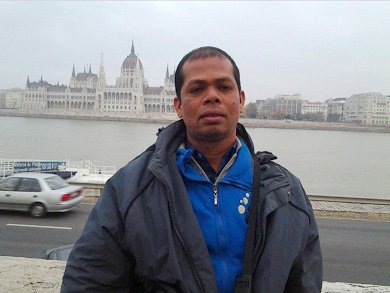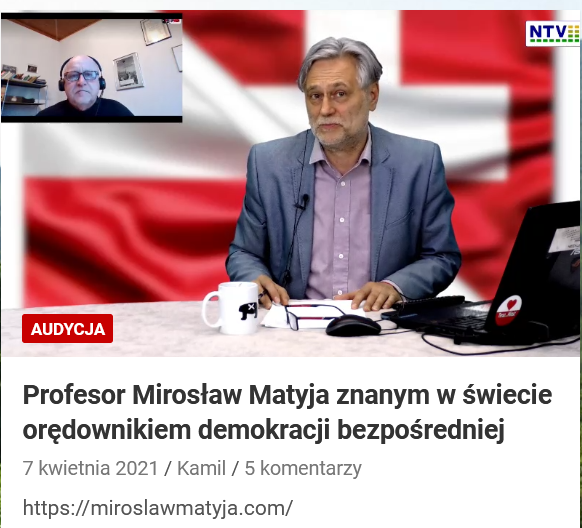Water Quality and Hydrochemical Studies in Watersheds Cikapundung River Case Study
Abstract
Cikapundung River is one of the rivers that plays an important role as a water source in the city of Bandung. This river has great potential to be used as water supply in the city of Bandung. For further utilization, it is necessary to study the quality and hydrochemistry of water in the watershed (DAS), especially in the Cikapundung River. Based on the studies that have been carried out, it was found that the water quality is quite poor. Poor water quality is caused by a continuous process of pollution, which causes changes in the value of the physical and chemical parameters of water in the Cikapundung watershed. This process is further supported by the occurrence of dilution caused by the high intensity of rain in the city of Bandung. According to the graphical representation of the hydrochemistry of water, the type of water in the form of calcium bicarbonate was obtained based on the Piper Diagram. Bicarbonate water comes from the weathering of rocks or minerals near the surface. Supported by graphical representation using Durov Diagram, water in the Cikapundung watershed is intermediate water that has undergone ion exchange. This is evidenced by the Stiff Diagram which groups alkaline earth cations which are larger than alkali metals, and weak acid anions which are larger than strong acid anions. These three graphic representatives provide information about the evolutionary processes that occur in the Cikapundung watershed.
Keywords
Full Text:
PDFReferences
Deutsch, WJ 1997. Groundwater Geochemistry: Fundamentals and Applications to Contamination. Lewis Publishers.
Fetter, CW, 4 the Edition. 2000. Applied Hydrogeology, United States: Prentice Hall.
Freeze, R. A and Cherry, JA 1979. Groundwater. USA: Prentice-Hall Inc. Englewood Cliffs. New Jersey.
Fritz, SJ 1994. A Survey of Charge-Balance Errors on published analyzes of Potable Ground and Surface Waters. Groundwater. 32,539-546.
Hanif, M., Chasanatun, F., and Wibowo, A.M. (2021). Local Wisdom of the Sodong Buddhist Village Community in Water Resources Management. Budapest International Research and Critics Institute-Journal (BIRCI-Journal) Vol 4 (4): 8762-8770.
Lloyd, J. W and Heathcote, JA 1985. Natural Inorganic Hydrochemistry in Relation to Groundwater. Clarendon Press. Oxford.
Lubis, T., et.al. (2021). Community Worldview of Springs in Panyabungan District. Budapest International Research and Critics Institute-Journal (BIRCI-Journal) Vol 4 (4): 11676-11685.
Maria, R. 2008. Hydrogeology and Groundwater Absorption Potential of Central Cikapundung Sub-watershed. Journal of Geological and Mining Research 18 (2): 21-30.
Government regulations. 2021. Implementation of Environmental Protection and Management. PP No. 22 of 2021. LN. 2021/No. 32, TLN No.6634, jdih.setkab.go.id:374 hlm.
Piper, AM 1944. A Graphical Procedure in the Geochemical Interpretation of Water Analyses. AGU Trans. 25. 914-923.
Putra, RE, Rustini, A and Badhurahman, A. 2018. Distribution of Water Quality in the Cikapundung Hilir Watershed (DAS). Proceedings of the Annual Expert Meeting of the Indonesian Association of Groundwater Experts. Jakarta. Indonesia.
Ravikumar, P and Somashekar, RK 2015. Principal Component Analysis and Hydrochemical Facies Characterization to Evaluate Groundwater Quality in Varahi River Basin, Karnataka State, India. Department of Environmental Science. Bangalore University. Bangalore. India.
Rao, NS 1998. MHPT.BAS: a Computer Program for Modified Hill-Piper Diagram for Classification of Ground Water. Computers & Geosciences Vol. 24. No. 10.pp. 991-1008. Elsevier Science Ltd. Department of Geography. Andhara University. Visakhapatnam 530 003. India.
Sofyan, I. 2004. Effect of Land Use on Water Quality and Quantity of the Cikapundung River. Thesis. Master Program in Environmental Science. Graduate program. Diponegoro University. Semarang. Indonesia.
Stiff, HA 1951. The Interpretation of Chemical Water Analysis by Means of Pattern. Journal of Petroleum Technology. 3. 15-17.
Woldemaryam, E.T. (2020). Making the Nile River a Point of Cooperation between Ethiopia and Egypt: Building Confidence through Water Diplomacy. Budapest International Research and Critics Institute-Journal (BIRCI-Journal) Vol 3 (3): 2494-2500.
DOI: https://doi.org/10.33258/birci.v5i3.6010
Article Metrics
Abstract view : 82 timesPDF - 41 times
Refbacks
- There are currently no refbacks.

This work is licensed under a Creative Commons Attribution-ShareAlike 4.0 International License.

This work is licensed under a Creative Commons Attribution-ShareAlike 4.0 International License.

_.gif)

















_.gif)



